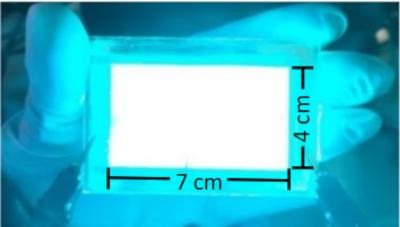KAUST team explains how electrical charges behave inside perovskites
KAUST researchers have shared a detailed view of how electrical charges behave inside perovskites, which could guide efforts to improve the performance of next-generation solar cells based on these materials.
When light hits a perovskite, it excites negatively charged electrons and leaves behind positively-charged 'holes' within the material's crystalline structure. These electrons and holes can then move through the perovskite to generate an electrical current. But the charge carriers could also recombine instead, which wastes the energy they carry.







